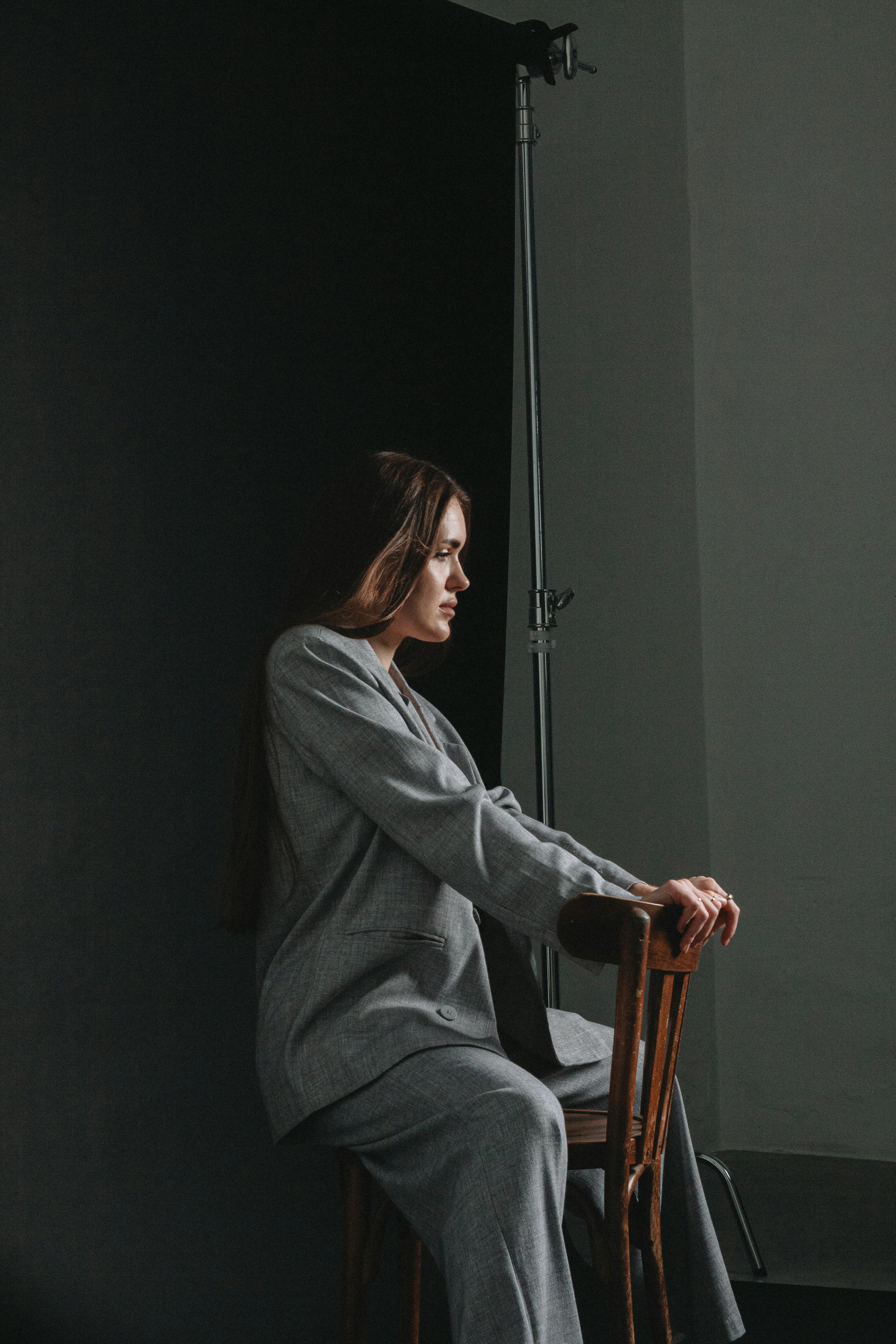Are you ready to embark on your podcasting journey? Setting up your first podcast studio may seem like a daunting task, but with these 10 tips, you’ll be well on your way to creating top-notch audio content. From choosing the right equipment brands like Shure, Rode, and Audio-Technica, to selecting the best recording software such as Adobe Audition, Audacity, or Pro Tools, we’ve got you covered. Don’t forget about essential items like headphones from Sennheiser or Sony, acoustic treatment options like Auralex or Primacoustic, and even portable recorders from Zoom or Tascam. With these tips, your podcasting dreams will become a reality in no time. So let’s get started on building your ultimate podcasting setup!
Tip 1: Choose the Right Location
When setting up your first podcast studio, one of the most important factors to consider is the location. You want to find a space that is conducive to recording high-quality audio. One of the key considerations is noise levels. Look for a location that is quiet and free from background noise. This could be a spare room in your home, a corner of your office, or any other space where you can minimize distractions.
In addition to noise levels, it’s important to find a well-insulated space. This will help prevent outside noises from seeping into your recordings. Look for a room with thick walls and minimal echo. You can also consider adding soundproofing materials to further enhance the acoustics of the space.
Lastly, ensure that the room is adequately sized for your needs. You don’t want to feel cramped or restricted in your recording area. Make sure you have enough space to set up your equipment comfortably and move around if necessary.
Tip 2: Invest in the Right Microphone
Choosing the right microphone is crucial for achieving professional-quality audio in your podcast. There are a variety of microphone options available, so it’s important to do your research and find the one that best suits your needs. Some popular brands for podcasting microphones include Shure, Rode, and Audio-Technica.
When considering a microphone, it’s important to think about your budget. Microphone prices can vary significantly, so it’s important to set a budget and stick to it. Keep in mind that more expensive doesn’t always mean better quality, so do your research and read reviews to find the best microphone within your price range.
Another factor to consider is whether you want a dynamic or condenser microphone. Dynamic microphones are more durable and can handle louder sound sources, making them a good choice for podcasters. On the other hand, condenser microphones are more sensitive and can capture more detail, but they require phantom power to operate.

Tip 3: Select Quality Headphones
Having a good pair of headphones is essential for monitoring your audio while recording and editing your podcast. When researching headphone options, consider factors such as sound quality, comfort, and durability. Some recommended brands for podcasting headphones include Sennheiser, Sony, and Beyerdynamic.
Sound quality is arguably the most important aspect to consider when selecting headphones. Look for headphones that provide accurate and detailed sound reproduction, allowing you to hear your recordings as accurately as possible. Comfort is also key, especially if you plan on wearing the headphones for extended periods of time. Make sure they fit well and have cushioning for added comfort.
Durability is another important factor to consider. Look for headphones that are built to withstand regular use and will hold up over time. It’s also a good idea to choose closed-back headphones, as they help to isolate the sound and prevent leakage, which can interfere with your recordings.
Tip 4: Get a Reliable Audio Interface
An audio interface is an essential piece of equipment that allows you to connect your microphone and headphones to your computer. When researching audio interface options, there are a few things to consider.
First, think about the number of inputs you need. If you plan on having multiple microphones or other audio sources, make sure the audio interface has enough inputs to accommodate your needs.
Next, look for an audio interface with good preamps and converters. Preamps amplify the microphone signal, while converters convert the analog audio signal into a digital format that your computer can understand. Investing in an audio interface with quality preamps and converters will ensure that your recordings sound clear and professional.
Some recommended brands for audio interfaces include Focusrite, Behringer, and PreSonus. These brands offer a range of options to suit different budgets and recording needs.

Tip 5: Use a Pop Filter
A pop filter is a simple yet effective tool for minimizing plosive sounds, such as “p” and “b” sounds, which can create unwanted bursts of air when recording. When researching pop filter options, consider the type of microphone you have and your personal preferences.
There are two main types of pop filters: nylon and metal. Nylon pop filters are the most common and affordable option. They effectively reduce plosive sounds while allowing the microphone to capture clear audio. Metal pop filters, on the other hand, provide a more robust solution and can be easier to clean. Choose the type that best suits your needs and budget.
Using a pop filter can make a significant difference in the quality of your recordings, so it’s definitely worth investing in one.
Tip 6: Invest in a Sturdy Boom Arm/Stand
A boom arm or stand is an essential accessory for holding your microphone in place while recording. When researching boom arm or stand options, consider the weight of your microphone and your preferred setup.
Some microphones can be quite heavy, so it’s important to choose a boom arm or stand that is sturdy and can securely hold your microphone. Look for options that have good reviews and are known for their durability.
You also have the option to choose between desk-mounted or floor-standing boom arms or stands. Desk-mounted options are great for saving space and can be easily adjusted to your preferred height and position. Floor-standing options, on the other hand, provide more flexibility and can be moved around as needed.
Consider your recording setup and choose the option that best suits your needs and preferences.

Tip 7: Use a Shock Mount
A shock mount is another accessory that can greatly improve the sound quality of your recordings. It helps to isolate the microphone from vibrations and handling noise, resulting in cleaner and more professional audio.
When researching shock mount options, consider the type of microphone you have and your personal preferences. There are two main types of shock mounts: elastic suspension and rubber suspension.
Elastic suspension shock mounts are more common and provide good isolation from vibrations. They use elastic bands to suspend the microphone and absorb any shocks or vibrations that may affect the sound quality. Rubber suspension shock mounts, on the other hand, use rubber bands or rings to achieve a similar effect.
Choose the type of shock mount that is compatible with your microphone and suits your needs.
Tip 8: Consider Acoustic Treatment
Acoustic treatment is an important aspect of setting up your podcast studio, as it helps to improve the sound quality by reducing echo and unwanted reflections. When researching acoustic treatment options, focus on soundproofing and echo reduction.
There are different types of acoustic treatment options available, such as foam panels or bass traps. Foam panels are great for reducing echo and absorbing high-frequency sound waves. They can be mounted on walls or placed strategically in the room to improve the acoustics. Bass traps, on the other hand, are designed to absorb low-frequency sound waves and reduce boomy or muddy bass in your recordings.
Consider the size and layout of your room, as well as your specific recording needs, and choose the acoustic treatment options that will best address your requirements.

Tip 9: Decide on Recording Software
Recording software is an essential tool for editing and producing your podcast episodes. When researching recording software options, consider your budget and level of expertise.
There are both free and paid recording software options available, so decide on the budget you are comfortable with. Free options like Audacity offer basic editing features and can be a great starting point for beginners. Paid software like Adobe Audition or Pro Tools offer more advanced features and are often used by professional podcasters.
Consider your level of expertise and the specific features you need for your podcast. Do some research, read reviews, and try out a few different software options before making a decision.
Tip 10: Don’t Forget Cables and Accessories
While setting up your podcast studio, don’t forget about the cables and accessories that you will need. Research cable and accessory options and consider factors such as cable length and quality.
Invest in high-quality cables that are durable and can withstand regular use. Poor-quality cables can introduce unwanted noise or interference into your recordings, so it’s important to choose reliable options.
Additionally, consider essential accessories like a microphone stand or boom arm, XLR cables, and any other accessories that will enhance your recording setup. These small additions can make a big difference in the overall functionality and professionalism of your podcast studio.
In conclusion, setting up your first podcast studio can be an exciting and rewarding process. By following these tips and doing your research, you can create a space that is conducive to high-quality audio recordings. Remember to choose the right location, invest in the right microphone, select quality headphones, get a reliable audio interface, use a pop filter, invest in a sturdy boom arm/stand, use a shock mount, consider acoustic treatment, decide on recording software, and don’t forget cables and accessories. With the right equipment and setup, you’ll be well on your way to producing professional-grade podcasts. Happy podcasting!
